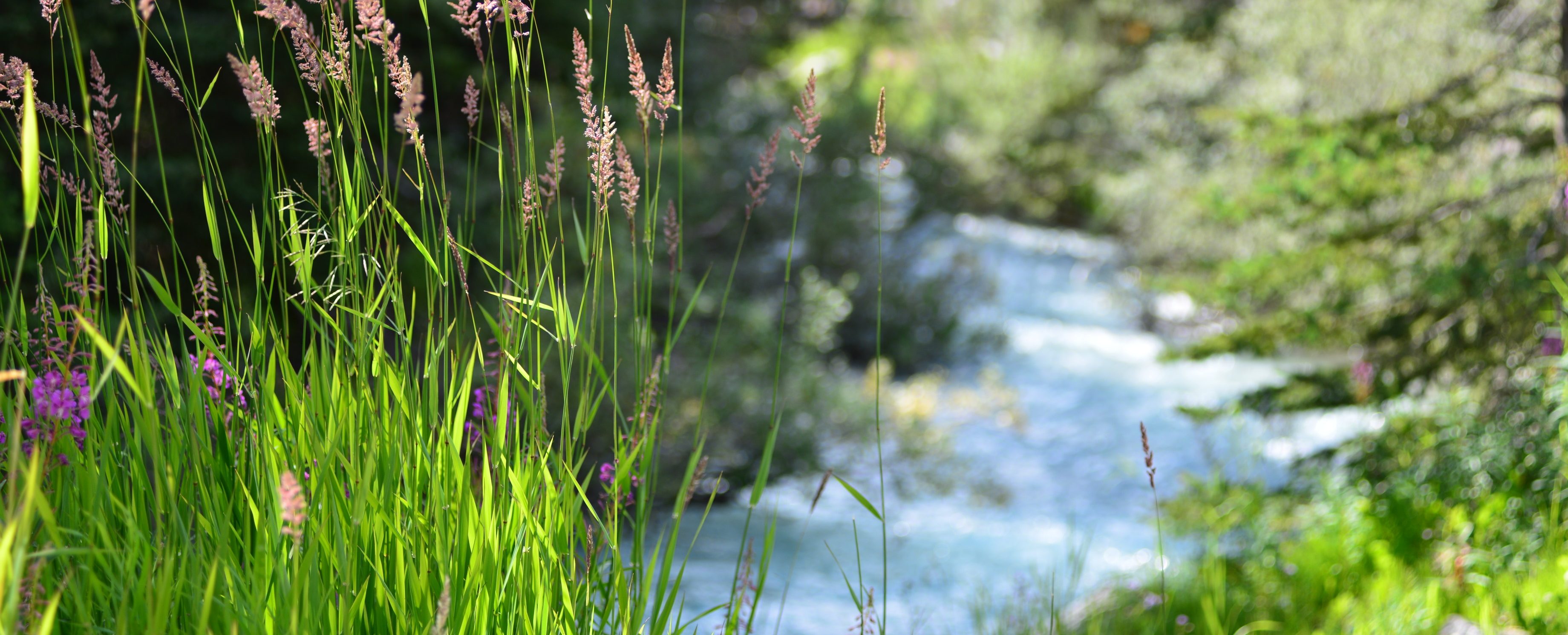On World Environment Day, the Nature Conservancy of Canada (NCC) announced the conservation of Hansen Ranch, a 365-hectare property located east of Waterton Lakes National Park in Alberta.
A conservation agreement with NCC has been placed on the property. This agreement voluntarily restricts the development rights on the land. It will ensure that it can continue operating as a working cattle ranch while maintaining the landscape in a natural, healthy, un-fragmented state.
“This ranch, located outside of Waterton Lake National Park, adds to a significant conservation network of protected lands that has been built up over decades,” said Bob Demulder, regional vice president, Nature Conservancy of Canada. “This project is an example of how working landscapes and conservation go hand in hand. Thanks to Shane and Laurel Hansen, and their sons Riley and Carter, we can ensure the family’s ranching legacy will carry on while also safeguarding these native grasslands that will continue to supply habitat for the many plants and animals that live along the Rockies’ eastern slopes.”
For landowner Shane Hansen, the protection of the ranch is important, not only for its ecological value, but because it ensures his family’s legacy. In 1928, Otto Hansen emigrated from Denmark to southern Alberta. In 1935, he purchased this property and established Hansen Ranch. He met his wife, Laura Peterson in Pincher Creek, and together they raised a family on the land.
For three generations, the family has been living and working on Hansen Ranch.
“When my family first came to this area in the 1920s, this was one of the last places people wanted to settle down; the snowfall was too deep, and it was too remote,” said Hansen. “Now my son, Carter, and his wife, Megan, live on the very first quarter-section of land that my family bought, and he is now a shareholder in Hansen Ranches Cattle Company Ltd. He will eventually take over the farm and keep it going in the family.”
This property contains several important habitats that extend beyond the boundaries of the already protected national park. Located in an area referred to as the Crown of the Continent, this region provides core habitat and connectivity for populations of wide-ranging mammals, including gray wolf, wolverine, Canada lynx and fisher.
The creation of a buffer zone of protected properties surrounding the park, called the Waterton Park Front, is one of Canada’s most successful private conservation initiatives. The conservation agreement on Hansen Ranch adds to this network of conservation lands.
The wetlands and streams on Hansen Ranch provide habitat for birds, amphibians and fish. Boundary Creek, a tributary of the St. Mary River, runs through the property. Keeping the riparian area intact and undisturbed will provide source water protection and good quality water to the neighbouring conservation lands and downstream waterways.
For decades, NCC has worked with private landowners to create a natural buffer for the wild species that live in this area. Fortunately, the ranchers who have cared for this landscape for generations are careful stewards of their land. Their sustainable use of the ranching lands has meant that many species continue to thrive there.
“With the help of partners like the Nature Conservancy of Canada and the Hansen family, our government is making progress towards doubling the amount of protected nature across Canada’s lands and oceans,” said Catherine McKenna, Minister of Environment and Climate Change. “Recent scientific reports have shown that our biodiversity is under threat, and we’re taking action to protect nature and the habitats of the plants and animals we love.”









